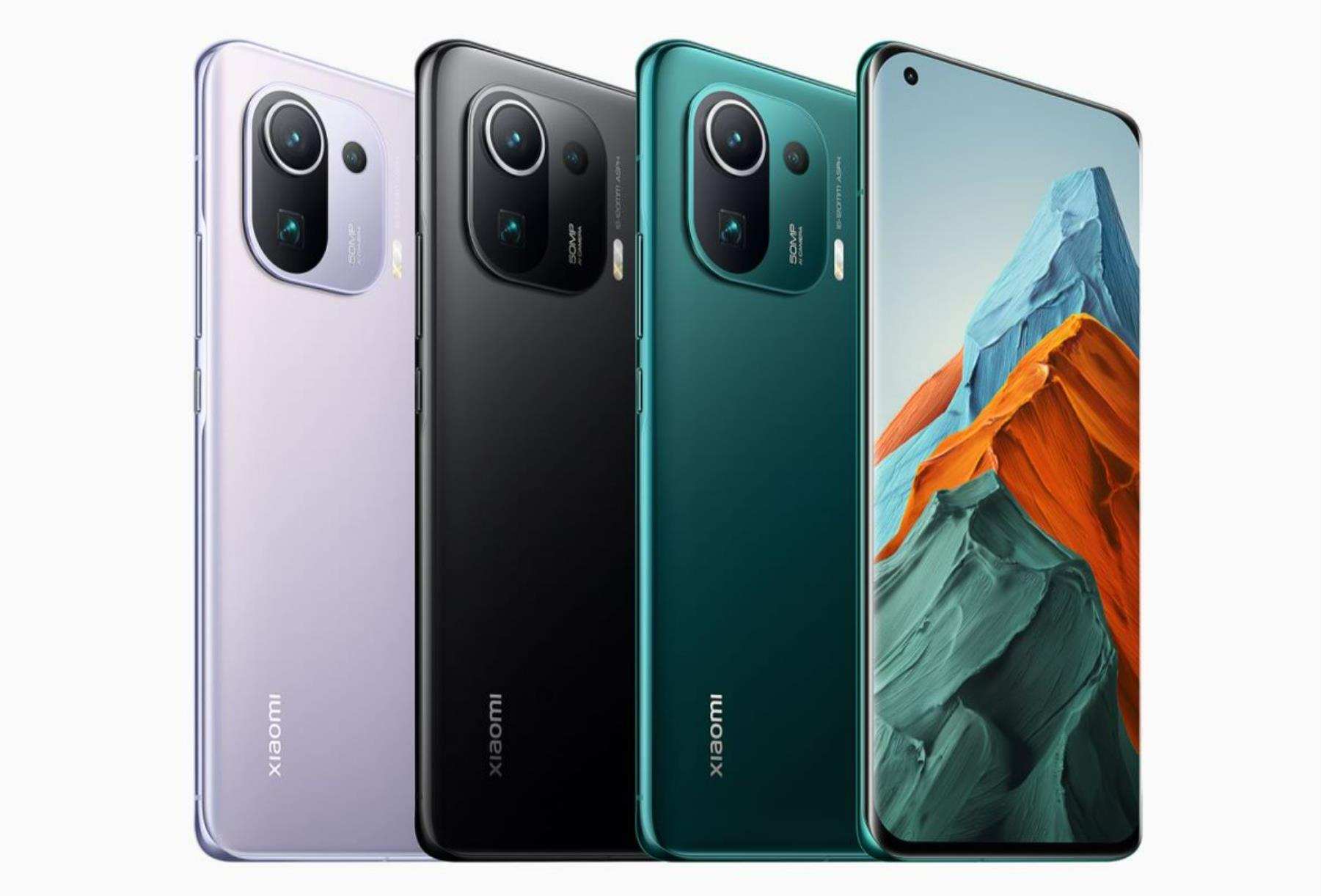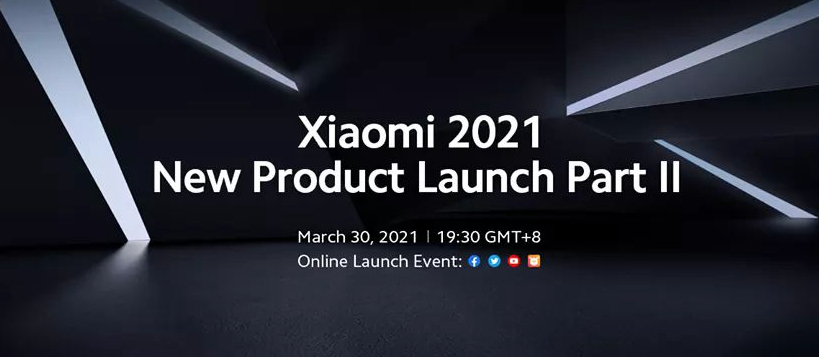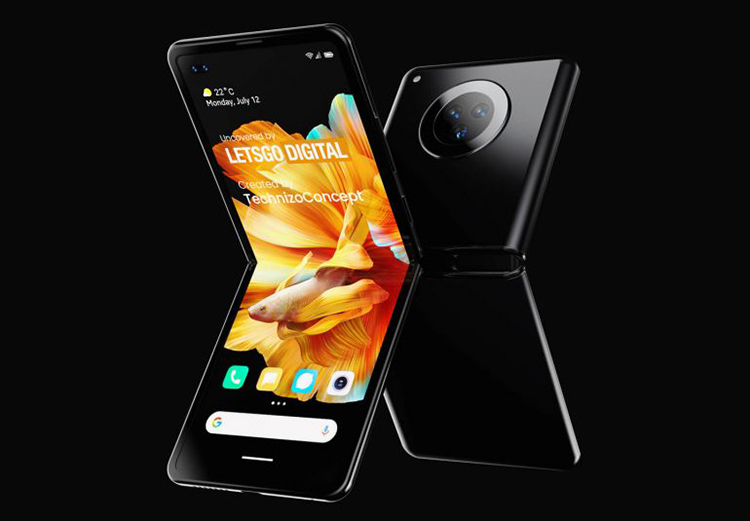On March 29, Xiaomi held a spring new product launch conference with the theme of “Endless Life” and released five new products including mobile phones, bracelets, and routers. Before the official release, Lei Jun announced on Weibo that the total duration of the conference will be four hours, but when it was officially released, Xiaomi split the conference into two parts.
In the first part, the highlight is the three Mi 11 series phones: Mi 11 Pro, Mi 11 Ultra, and Mi 11lite. In order to cover different groups of people, Xiaomi adjusted the configuration, and the newly added Ultra version and lite version correspond to the geek group and the female group respectively.
First of all, Xiaomi 11pro is equipped with Qualcomm Snapdragon 888 chip, the biggest highlight is the battery and image sensor.
In terms of batteries, Xiaomi 11pro supports 67W wired fast charging and up to 67W wireless charging, and at the same time the first 5000mAh silicon-oxygen negative battery. Lei Jun said that this new type of charging material has been used in new energy vehicles. Compared with traditional battery materials, its advantages are faster charging speed and higher battery density. It will also be one of the directions for future mobile phone batteries.

In terms of image function, the common point of the Mi 11 Pro and Ultra versions is that they both use a three-shot combination of “telephoto + wide-angle + large sensitivity”. In terms of main camera, both phones use Samsung’s 50-megapixel GN2 image sensor. The characteristic of this sensor is that it has a large photosensitive area of 1/1.12 inches, and the amount of light entering is more sufficient when shooting night scenes. Lei Jun said at the press conference that this sensor was jointly developed by Xiaomi and Samsung in 18 months, with an investment of hundreds of millions.
The difference between the two mobile phones in the imaging system is that the Ultra version has more powerful imaging functions: it has a total of three main cameras, in addition to the aforementioned large photosensitive area camera, there is also a 120x periscope telephoto lens and Support 128° ultra-wide-angle lens.
Photography is the main selling point of the Xiaomi 11 Ultra version. Xiaomi also carries a self-developed algorithm on this version, and it also supports multiple mobile phone interaction functions.
Lei Jun said that this phone represents the “inflection point battle between mobile phones and cameras”. During the presentation stage of the press conference, he also used Sony’s black card M7 camera as a benchmark. He said that Xiaomi’s camera department currently has more than 1,000 employees and will double to around 2,000 by the end of this year.
However, the highest configuration of the camera also makes the design of the Xiaomi 11 Ultra version controversial: the back panel of the phone looks full of cameras and screens. And this is not enough. Xiaomi also designed a small secondary screen next to the rear camera. In addition to displaying information such as battery power, it can also be used for self-portrait display-currently on candy bar phones, the secondary screen design is no longer common.

In terms of price, Xiaomi Mi 11 Pro starts at CNY 4,999, and Mi 11 Ultra starts at CNY 5,999.
In addition, Xiaomi also released a mobile phone aimed at women-Xiaomi 11lite. The main selling point of this version is “light and thin”, with a weight of only 159 grams and a starting price of only CNY2299. In order to reduce the price, the processor did not use the Snapdragon 888 as the previous two models, but replaced it with the Qualcomm Snapdragon 780 platform.
This time, Xiaomi also released two IoT products, a bracelet and a router.
Mi Band 6 is equipped with a 1.56-inch full screen, which has a 50% increase in display area compared to the previous product. It has a built-in full-featured NFC and Xiaoai classmate, and the price is CNY299. Xiaomi router AX9000 can provide a Wi-Fi6 experience with a tri-band 9000 megabits rate, and the price is CNY 999.
However, three mobile phones and two IoT products are not the most important products of Xiaomi this spring conference. In the next part, Xiaomi will also release Xiaomi Mix and self-developed surging chips.
Everything is not over, yet to be continued.





